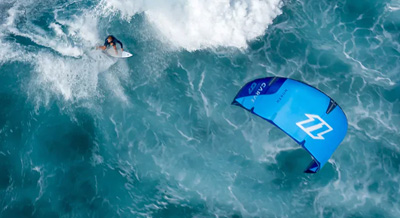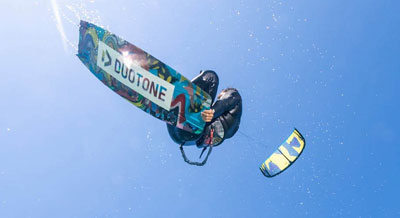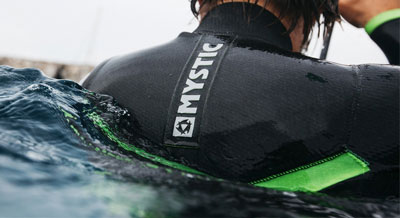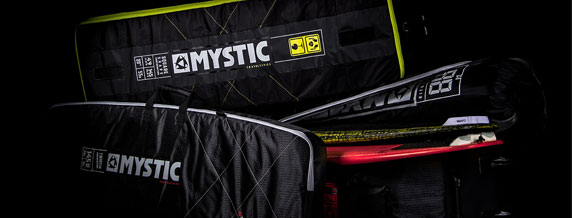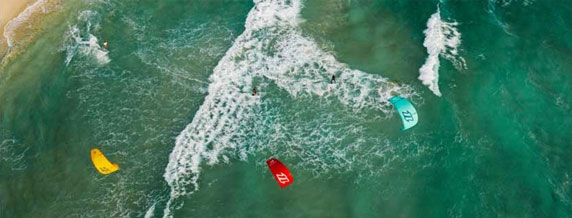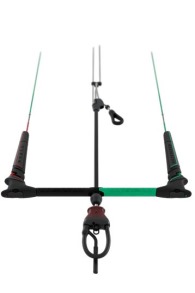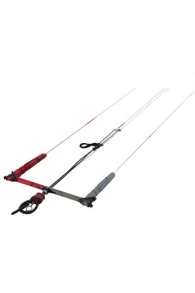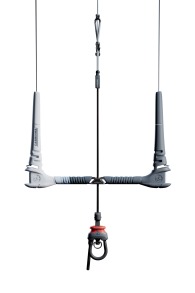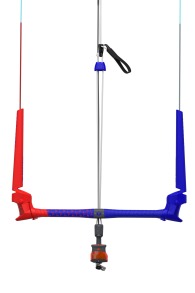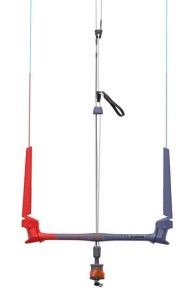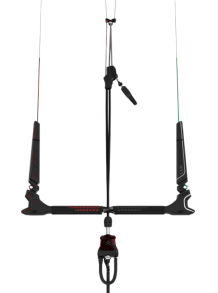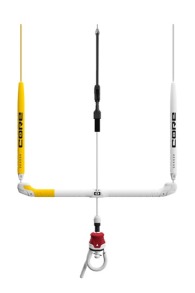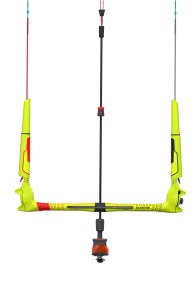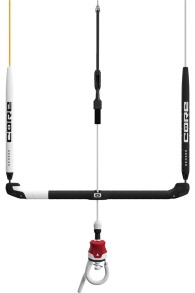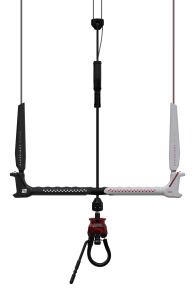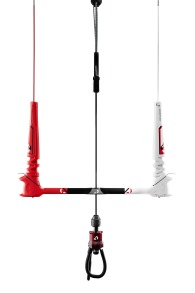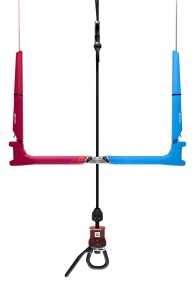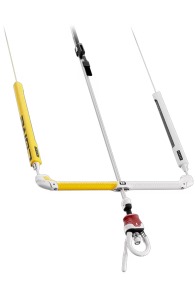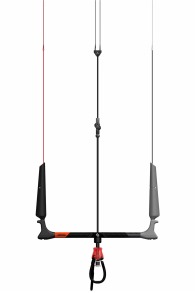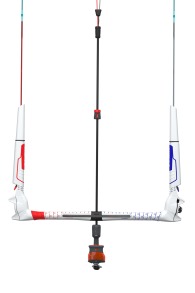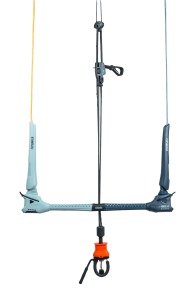- Home
- Kite Bar
Kite Bar
Looking for a new bar for your kite, look no further, we've got you covered! Kitemana has got bars of many brands in different types and sizes for every kite out there. Make sure you pick the right bar for your kite. A wrong kite bar can cause quite a few problems. We sell 4 & 5-line kite bars from brands like Best, Cabrinha, Core, Flysturfer, F-One, Naish, North, Ozone, Peter Lynn & Slingshot. We always guarantee the best price on the market! Do you manage to find a lower price somewhere else? Please give us a call and we will adjust the price directly for you. Want to know more about kite bars? Read more »
Kite Bar
Looking for a new bar for your kite, look no further, we've got you covered! Kitemana has got bars of many brands in different types and sizes for every kite out there. Make sure you pick the right bar for your kite. A wrong kite bar can cause quite a few problems. We sell 4 & 5-line kite bars from brands like Best, Cabrinha, Core, Flysturfer, F-One, Naish, North, Ozone, Peter Lynn & Slingshot. We always guarantee the best price on the market! Do you manage to find a lower price somewhere else? Please give us a call and we will adjust the price directly for you. Want to know more about kite bars? Read more »
How does a bar work?
A kite bar is made to control your kite. When we talk about a bar, we often talk about the bar + all the lines together. These bars can endure immense forces and they are made to transfer all the power from your kite to the rider. The bar used for kitesurfing consists of a control bar, steering lines, power lines, depower system, chickenloop, quick release, V split, safety line and depower line.
Each brand has its own features, material use, and line lengths, but generally speaking, they all operate the same. The two steering lines are located on the back of the kite. These steering lines are directly connected to the bar which the kiter holds in his hands. By making the left or right line shorter than the other, the kite will fly to that direction. So if pull the left side of the bar, the kite makes a move to the left. When you pull on the right side, the kite moves to the right. Easy, right? Although make sure that you move a kite back in time, if you continue to move it one way, the kite will make a very powerful move, a kiteloop! The forces of a kite are transferred through the front lines (powerlines) to the kitesurfer. These power lines go through the bar center of the bar towards the harness.
Power / Depower
Another important feature of a bar is the ability to power/depower a kite. This gives your kite more or less power. When you pull the bar towards you, there will be more power on both steering lines. What happens is that your kite is tilted a bit so it catches more wind. We call this power. So if you pull the bar, it gives the kite more power which increases its mobility. If got enough power or need a little less you push the bar away. By doing this your steering lines get more room and the wind goes out of your kite, which will result in less power, we call this depower. So if you make a steering error, or you accidentally fall/crash the best thing is to let go of the bar, 99% of the time you will be safe.Almost all bars have a depower system, this is a system to give your kite an overall increase or decrease in power while kitesurfing. This system works through a clamcleat on the power lines. By making this longer or shorter the power in your kite will increase or decrease. For example, if the wind gets stronger all of a sudden, you can depower the kite by pulling the wire through your depower system.
Do I need a separate bar for each kite?
Normally you don't need a separate bar for each kite. For example, if you have 3 kites you could do well with two bars. Although make sure your bar has the right size for the kite your using. Another thing to keep in mind is the fact that a bar doesn't always fit on each kite. So if you have multiple kites of the same brand/type you probably use the same bar. You will save some money by doing this although its durability will drop a lot faster than normal.What bar size do I need?
Kite bars come in many different types and sizes. It's important that you choose the right bar width for your kite. If you have a big kite you're going to need a large bar, if you have a small kite you will be better off using a smaller bar. This is because a larger bar has a bigger turn ratio than a smaller bar. So if you fly a small kite on a big bar, the kite will steer way too fast, which only makes it harder to control. You would be better off with a smaller bar. An average bar width is 52cm. If you have a small kite, around the 7m, your better use a 44cm bar. If you have a 12m kite or even larger than we recommend a bar bigger than 52cm. You can adjust the width of most bars, so you can make your bar bigger or smaller if you switch kites.What is the effect of different line lengths on your kite's flying behavior?
The length of the lines also determines the kite's flying behavior. A longer line increases the wind window of the kite. This also provides a better low-end. If you shorten the lines, the kite becomes more direct and aggressive. This is great for the freestyle kiters who love kiteloops etc. For example, the standard line length is approximately 24 meters. Kiters like Ruben Lenten often have 20m lines on their bar for an extreme agile character. For most freeriders, 24m is just fine..
